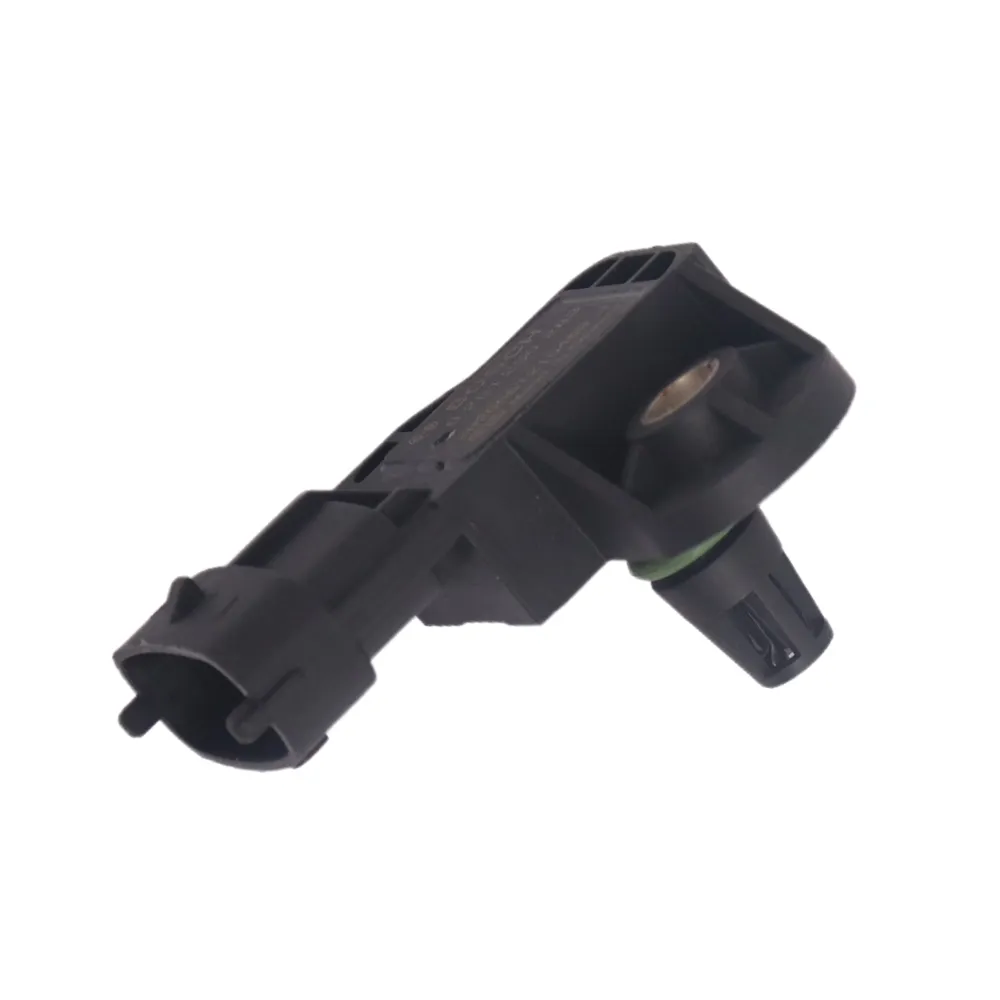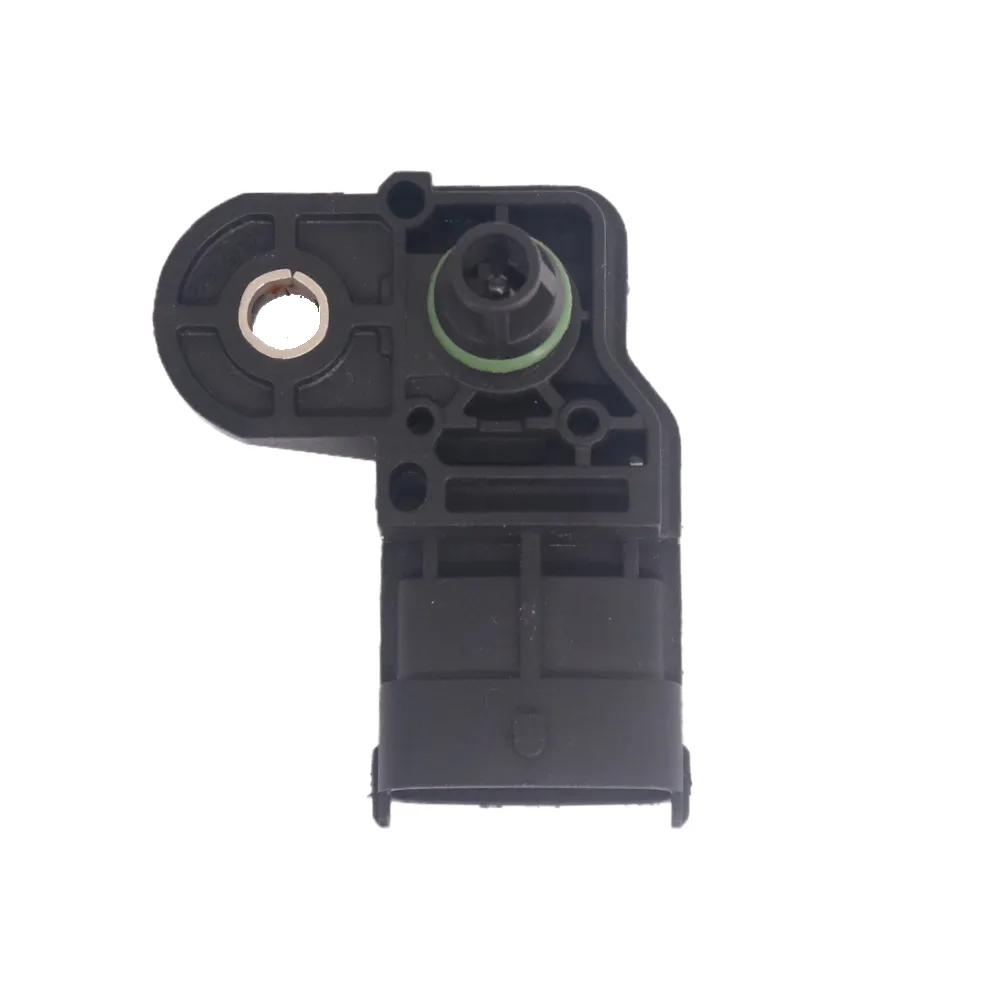Understanding the Critical Partnership of MAP Sensors and ECUs in Modern Motorcycles
The intricate dance between a motorcycle map sensor and the electronic control unit represents one of the most sophisticated technological relationships in modern motorcycles. This vital partnership ensures optimal engine performance, fuel efficiency, and overall riding experience. As motorcycles continue to evolve with advanced technology, understanding this interaction becomes increasingly important for riders, mechanics, and enthusiasts alike.
The seamless communication between these two components forms the backbone of your motorcycle's engine management system. Every time you twist the throttle, a complex series of data exchanges occurs in milliseconds, allowing your bike to respond with precision and power. Let's delve deep into this fascinating relationship and discover how it influences your riding experience.
Core Components and Their Functions
The MAP Sensor's Role in Engine Performance
The Manifold Absolute Pressure (MAP) sensor serves as the motorcycle's primary atmospheric pressure detector. This sophisticated component constantly monitors the pressure differences in the intake manifold, providing real-time data about engine load conditions. By measuring these variations, the MAP sensor helps determine the optimal air-fuel mixture needed for different riding conditions.
Modern MAP sensors are incredibly precise instruments, capable of detecting minute pressure changes within milliseconds. This sensitivity allows for immediate adjustments to engine parameters, ensuring optimal performance whether you're cruising on the highway or accelerating through twisting mountain roads.
Electronic Control Unit: The Brain Behind the Operation
The electronic control unit acts as the motorcycle's central processing unit, analyzing data from various sensors including the MAP sensor. This sophisticated computer processes thousands of calculations per second, making split-second decisions about fuel injection timing, ignition timing, and other critical engine parameters.
Modern ECUs incorporate advanced algorithms that can adapt to different riding conditions, environmental factors, and even rider preferences. This adaptability ensures consistent performance regardless of external variables such as temperature, altitude, or humidity levels.

Data Communication and Processing
Signal Transmission and Interpretation
When the motorcycle map sensor detects pressure changes, it converts these physical measurements into electrical signals. These signals travel through dedicated wiring harnesses to the ECU, where they're transformed into digital data. The precision of this signal conversion is crucial for accurate engine management.
The ECU processes these signals along with data from other sensors, creating a comprehensive picture of the engine's operating conditions. This multi-source data integration enables the ECU to make informed decisions about engine parameters in real-time.
Response Time and Adjustment Mechanisms
The speed at which the motorcycle map sensor and ECU communicate is remarkable, often occurring in microseconds. This rapid communication ensures immediate responses to changing riding conditions. When you suddenly open the throttle, the MAP sensor instantly detects the pressure change, and the ECU adjusts fuel delivery accordingly.
Modern systems include sophisticated error-checking mechanisms to ensure data accuracy. If the ECU detects inconsistent readings from the MAP sensor, it can enter a failsafe mode to protect the engine while alerting the rider to potential issues.
Performance Impact and Optimization
Fuel Management and Efficiency
The interaction between the motorcycle map sensor and ECU plays a crucial role in optimizing fuel consumption. By precisely measuring engine load and atmospheric conditions, the system can deliver exactly the right amount of fuel needed for each situation. This precision contributes significantly to improved fuel efficiency and reduced emissions.
Advanced mapping capabilities allow the ECU to create detailed fuel delivery profiles for different riding conditions. Whether you're navigating through city traffic or enjoying a high-speed highway run, the system continuously adjusts to maintain optimal efficiency.
Power Delivery and Engine Response
The synergy between MAP sensor and ECU significantly impacts power delivery characteristics. Through precise air-fuel mixture control, the system ensures smooth power delivery across the entire RPM range. This results in better throttle response, reduced hesitation, and more predictable performance.
Modern ECUs can also adapt their programming based on riding patterns, creating a more personalized experience. This adaptive learning capability means your motorcycle's performance can actually improve over time as the system learns your preferred riding style.
Maintenance and Troubleshooting
Regular Maintenance Requirements
Maintaining optimal performance of the motorcycle map sensor and ECU system requires regular attention. Simple practices like keeping the air filter clean and ensuring proper electrical connections can prevent many common issues. Regular diagnostic checks can identify potential problems before they affect performance.
Modern motorcycles often include self-diagnostic capabilities, allowing riders to monitor system health through dashboard displays or smartphone applications. This technology makes it easier to maintain peak performance and address issues promptly.
Common Issues and Solutions
While generally reliable, MAP sensor and ECU systems can encounter issues. Common problems include sensor contamination, wiring degradation, or software glitches. Understanding these potential issues helps riders identify and address problems quickly, often preventing more serious complications.
Advanced diagnostic tools allow technicians to perform detailed system analyses, pinpointing exact issues within the MAP sensor and ECU interaction. This precision diagnostics capability has revolutionized motorcycle maintenance, making repairs more accurate and efficient.
Frequently Asked Questions
How often should the MAP sensor be inspected or replaced?
While MAP sensors don't have a specific replacement interval, it's recommended to inspect them during regular maintenance services, typically every 20,000 miles. However, replacement is only necessary if performance issues arise or diagnostic tests indicate sensor failure.
Can weather conditions affect MAP sensor readings?
Yes, extreme weather conditions can influence MAP sensor readings. However, modern ECUs are programmed to compensate for environmental variables, ensuring consistent performance across different weather conditions and altitudes.
What happens if the MAP sensor fails completely?
In case of complete MAP sensor failure, the ECU will typically enter a failsafe mode, using pre-programmed default values to maintain basic engine operation. While the motorcycle will still run, performance and efficiency will be reduced until the sensor is replaced.

